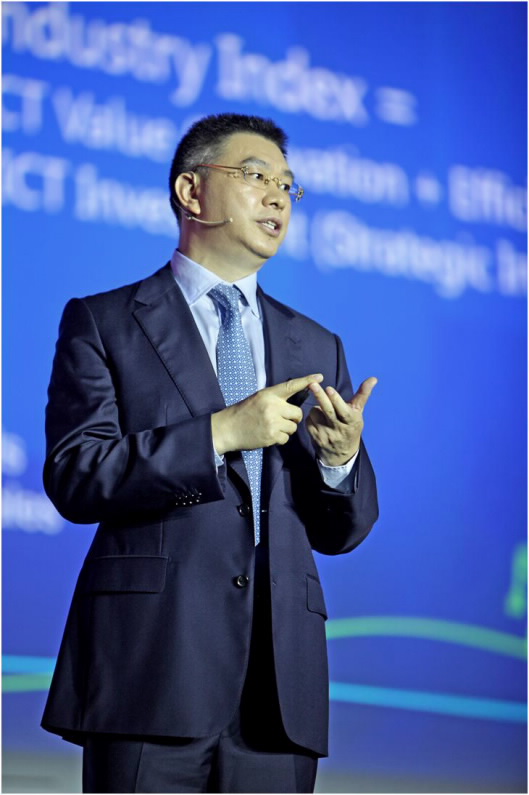SHANGHI CHINA ( MEDIA )
Huawei today released the Global Connectivity Index (GCI) at the Huawei Cloud Congress (HCC). With findings from 25 developed and emerging countries that account for 78% of global GDP and 68% of population, and 10 industries, including finance, manufacturing, education, transportation and logistics, the report is the first quantitative assessment of connectivity and its value from both national and industrial perspectives. Held in Shanghai, the annual congress brings together customers, partners and industry professionals to share insights and discuss industry trends.
During the Huawei Cloud Congress, William Xu, Chief Strategy and Marketing Officer, Huawei said, “Focusing on Pipe Strategy, Huawei has remained dedicated to enhancing connectivity and communications. Today, our products and solutions enable close communication for a third of the world’s population. The global expertise we have enables us to challenge how connectivity can be developed in a scientific, comprehensive and objective manner.”
Enterprises from both developed and emerging countries were included in the study, providing data across ten industries including finance, manufacturing, education, transportation and logistics, while also assisting with analyzing the findings and identifying trends.
The GCI study found that country connectivity correlates with GDP, with Huawei’s analysis of 16 indexes showing that for each GCI percentage point increase the GDP per capital increases 1.4–1.9 percent, relatively higher for emerging countries. Among the countries surveyed, Germany ranks first due to its strong commitment and ongoing investment in information and communications technology (ICT) development, resulting in a market with competitive vitality.
The study also found that developing countries have also started to accelerate growth by investing strategically in ICT capabilities. The GCI report showed developing countries such as Chile, Kenya and Egypt had the highest growth momentum. Through centralized planning, potential connectivity can be fully leveraged and ICT capabilities will support positive growth of national economies.
Huawei forecasts that by 2025, as many as 100 billion connections will be generated globally, 90 percent of which will come from intelligent sensors. This increase will be attributed to enterprises becoming enabled by the internet. By leveraging connectivity to streamline business processes, reduce costs and improve efficiency, enterprises will drive innovation and move the focus from a consumer driven internet to an industrial one.
The report looked at how different enterprises invest in and gain value from ICT to further identify why some industries are undergoing a digital transformation and some aren’t. In this process, the report was able to allocate each industry to one of four quadrants, Transformers, Strategists, Tacticians and Stragglers. It identified that Transformers regard ICT as a core driving force for business transformation and continuously invest and proactively reshape their ICT business models. Industries such as finance, education, oil and gas and manufacturing demonstrate ICT enabled transformation. With 71 percent of finance enterprises indicating their ICT investment will increase by more than five percent over the next two years, it is the highest ranking industry for development. The GCI reports that 65 percent of enterprises plan to increase their ICT investment over the next two years.
Mobile broadband, cloud computing, Big Data and the Internet of Things (IoT) are the four technological engines that most enterprises aim to focus on when completing ICT enabled transformation. Huawei forecasts that by 2020, global ICT spending will increase to approximately US$5 trillion. Today, ICT technologies based on connectivity remains significant as a support system, but this traditional role is giving way as ICT becomes increasingly integrated with production systems, driving value creation. Connectivity has become a new factor for production in addition to land, labor, capital, and technology.
William Xu added, “It is our hope that the GCI will not only indicate ICT investment and development in various countries and industries but, more importantly, serve as a reference for industry policymakers and enterprise decision-makers. Looking ahead, Huawei will continue to work closely with industry partners to facilitate closer connections between people and people, people and things, things and things, creating a Better Connected World.”
For more information on the Huawei Global Connectivity Index, please visit: www.huawei.com/gci

